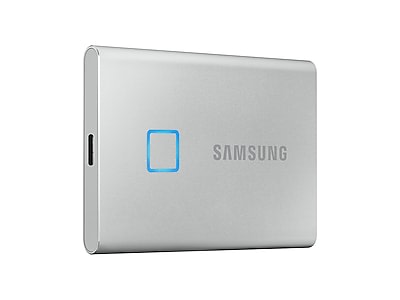

Both contained two partitions formatted as Mac OS Extended (Journaled, Encrypted), and I was able to convert in both disks one of the partitions to APFS (Encrypted). Strangely I had no problem with two older Samsung SSDs T1, respectively T3.

computer running a newer operating system whether it is Windows or Mac will get a. Thus I am stuck, because I cannot partition the SSD.Īs " " shows I do not seem to be the only one having problems with Samsungs SSDs T5/T7 under Catalina. Legit Reviews got our hands on a Samsung Portable SSD T1 250GB drive. I pushed it, only to get the message "Failed because the Partition Scheme to GUID is not activated".as Kappy suggested I formatted the SSD as Mac OS Extended (Journaled).Erase button offers the following formats: Mac OS Extended (Journaled), Mac OS Extended (Case-sensitive, Journaled), MS-DOS (FAT), ExFAT, but not APFS.In the Initialize Disk dialog box, select the correct disk to initialize. Disconnect the external hard drive from the Windows-based computer and connect it to your Mac computer where you need to run Windows 10. After creating a Windows bootable external SSD drive for Mac, you can follow steps below to run Windows 10 on mac using the external SSD. Find the HDD or SSD that you need to initialize and right-click on it, and select 'Initialize Disk'. Then, run Windows 10 from external SSD on Mac. Disk Utility shows that the SSD T7 is formatted as ExFAT and click 'OK' to open the Disk Management tool.

Thanks for your suggestions, but none of them worked.


 0 kommentar(er)
0 kommentar(er)
